So, I'll make this simple. If the motors are paralleled with the supply then the current adds, if they are in series the the voltage adds together.
If I have 1.5V motor that draws 200mA, I need a 1.5V power supply that can output at least 200mA, I could use a 400mA supply and the motor would still draw 200mA (assuming the power supply is regulated). You can also calculate the power P=I*V, power= current * voltage, 0.3watts = 0.200 Amps (or 200mA) * 1.5V
If I have two 1.5V motors that each draw 200mA there are two configurations I could put them in. I could put them in series or in parallel. In series I need a 3V supply, and each motor will still draw the 200mA it needs. In parallel I need a twice the current. I can still use a 1.5V supply, but I need 400mA of current.

simulate this circuit – Schematic created using CircuitLab
If you have 6 motors in series, you need a 1.5V*6(motors) = 9V supply that will draw 200mA
If you have 6 motors in parallel, you need a 1.5V supply that will source 6*200mA = 1200mA or 1.2Amps
If you had 60 motors you could make 10 strings of 6 motors in series (I can draw this if you'd like, but only if you request it) So you could make 10 paralleled strings of 6 motors each. A 9V supply would work, but each string would need 200mA and you have 10 strings so you would need a 9V supply with each string drawing 200mA*10 = 2000mA or 2Amps so a 9V supply with 2 Amps should work.
